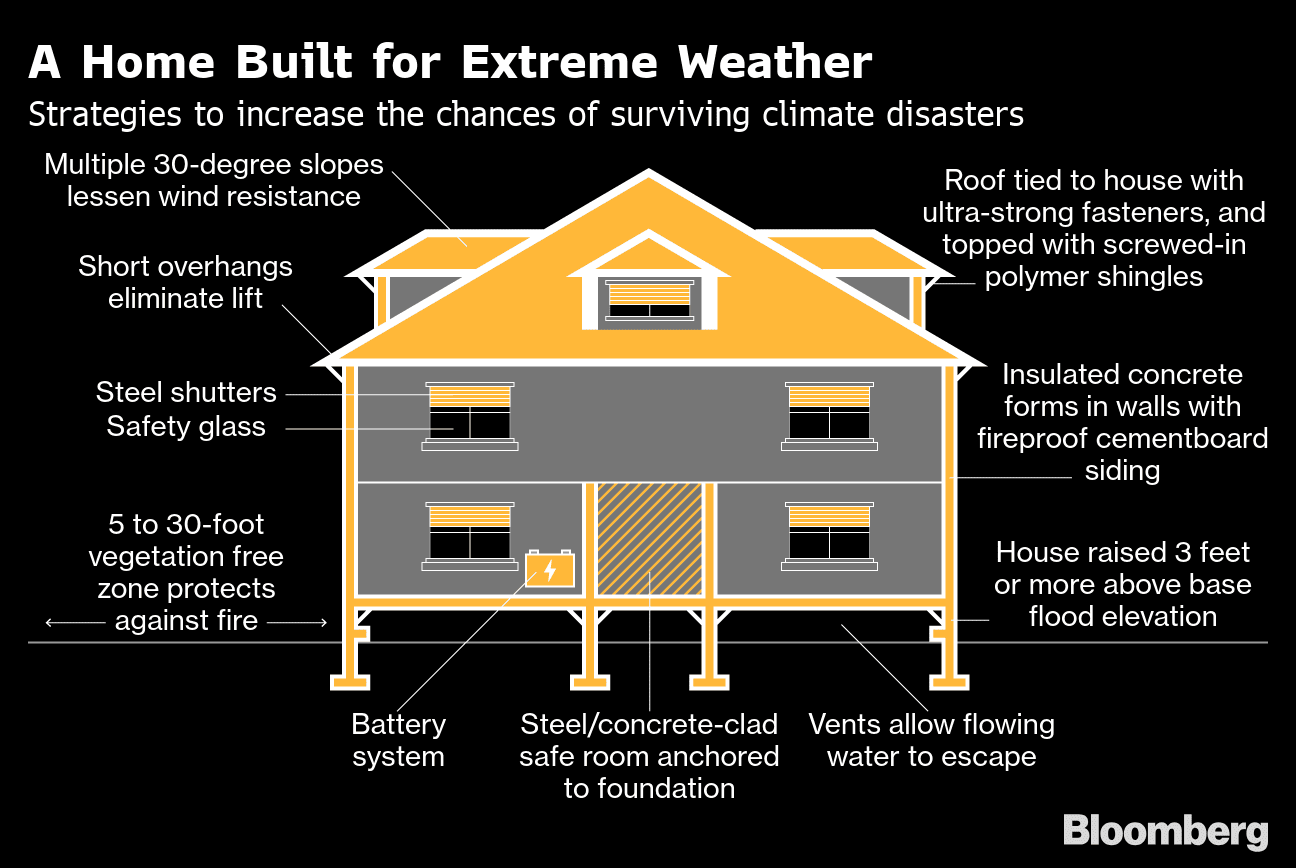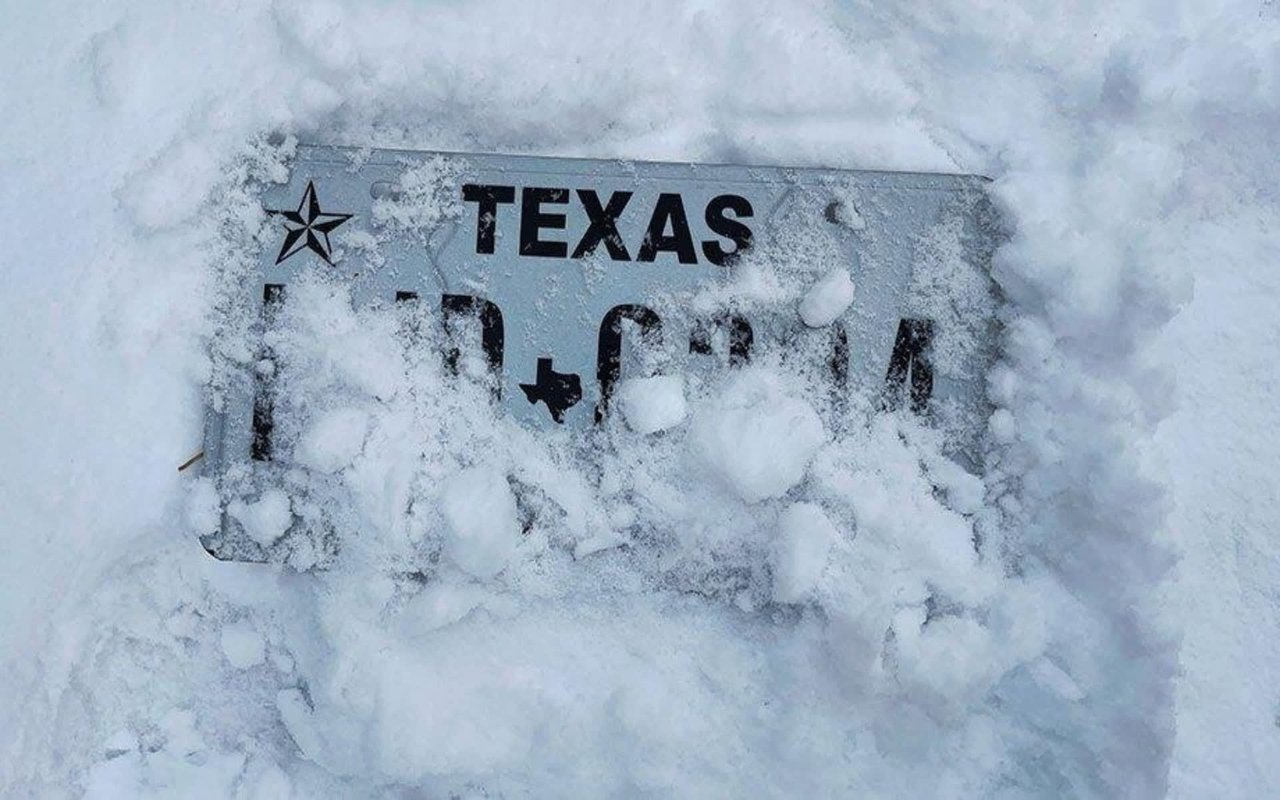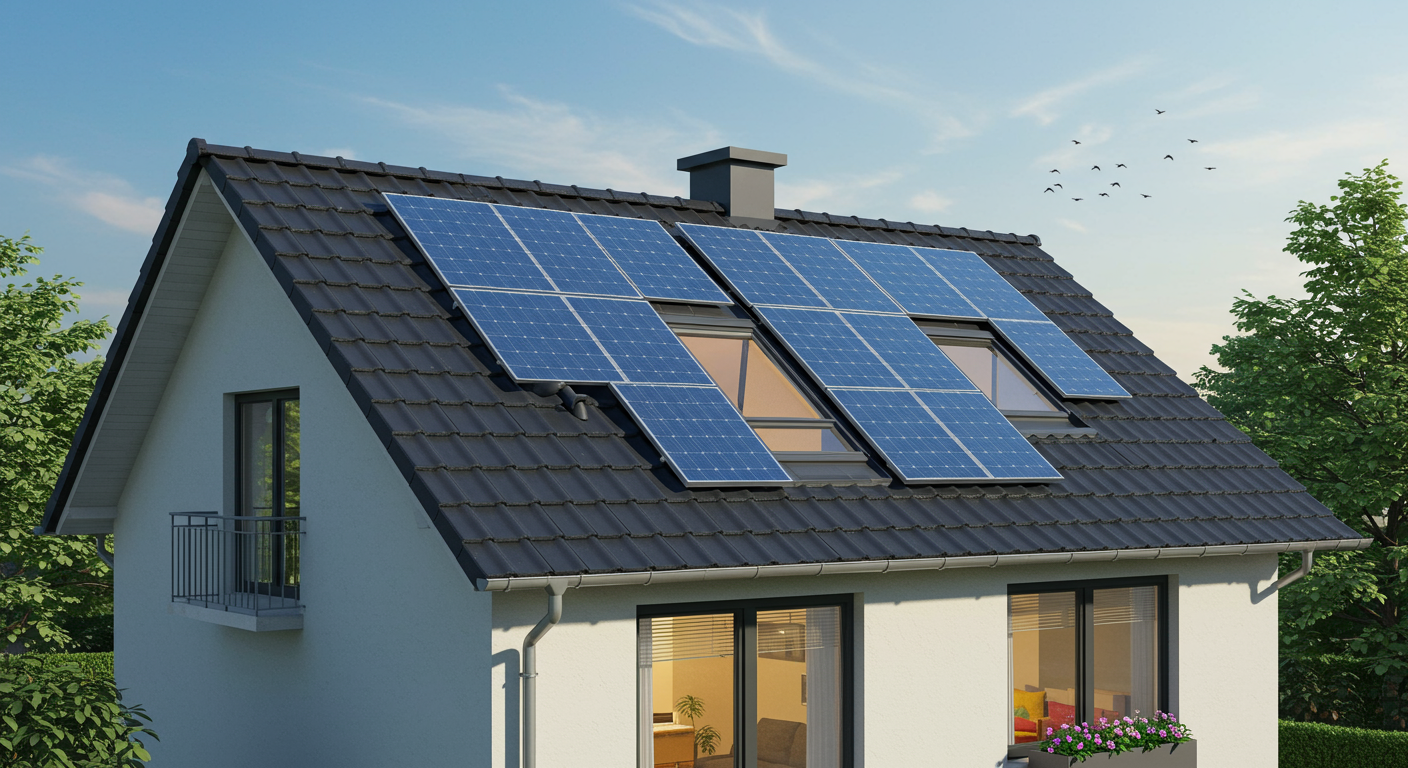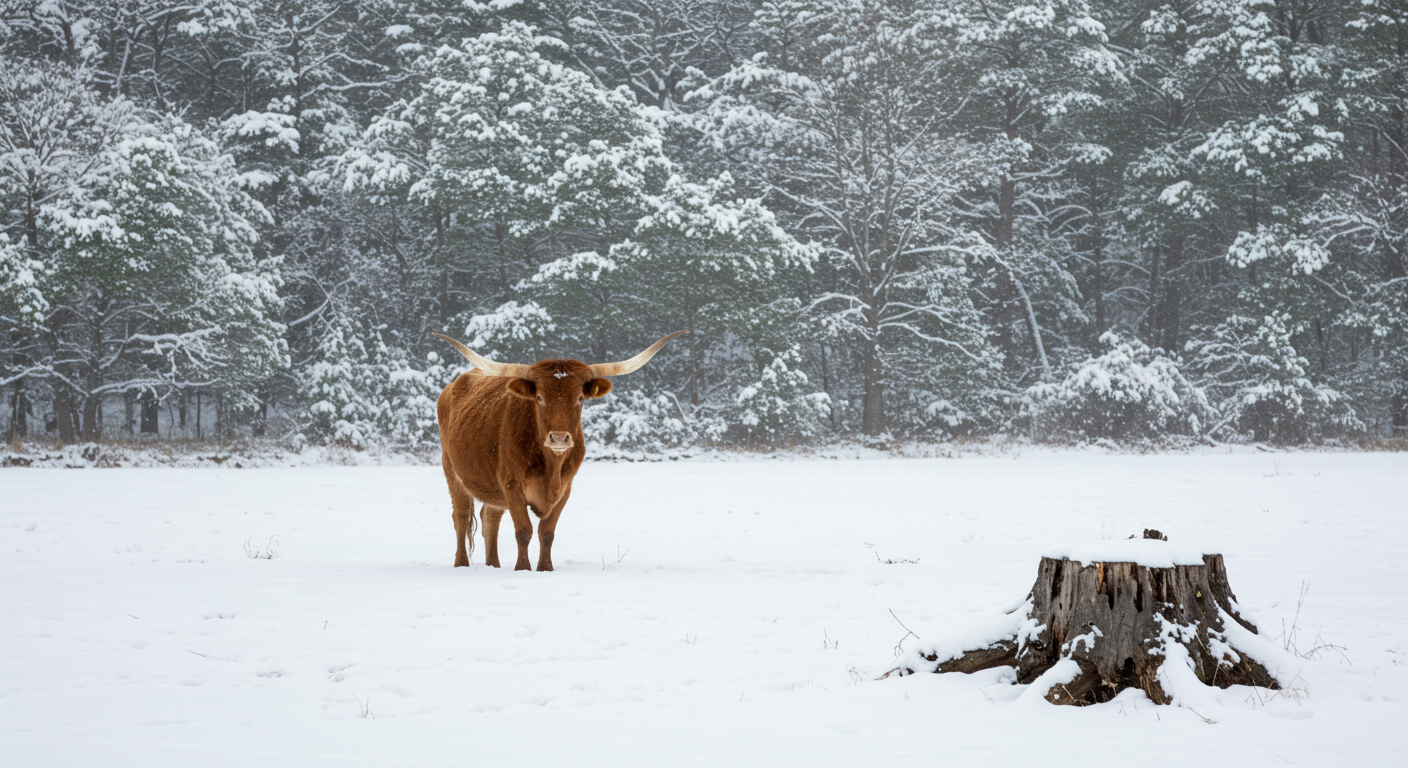Summer Is Here, but Many Homeowners Still Have February on Their Minds.
The historic severe winter weather caused hardship for Texas families all over the state, many of whom endured costly damage to their homes due to the snow and ice. While we’ve traded icy temperatures for the warm Texas sun, the question on everyone's mind is how to prepare our homes from future weather events.
Whether you’re currently building a home or have been on the family homestead for years, there are plenty of practical steps you can take to increase your home’s resilience and ability to protect you from adverse weather conditions. Here are our top recommendations.
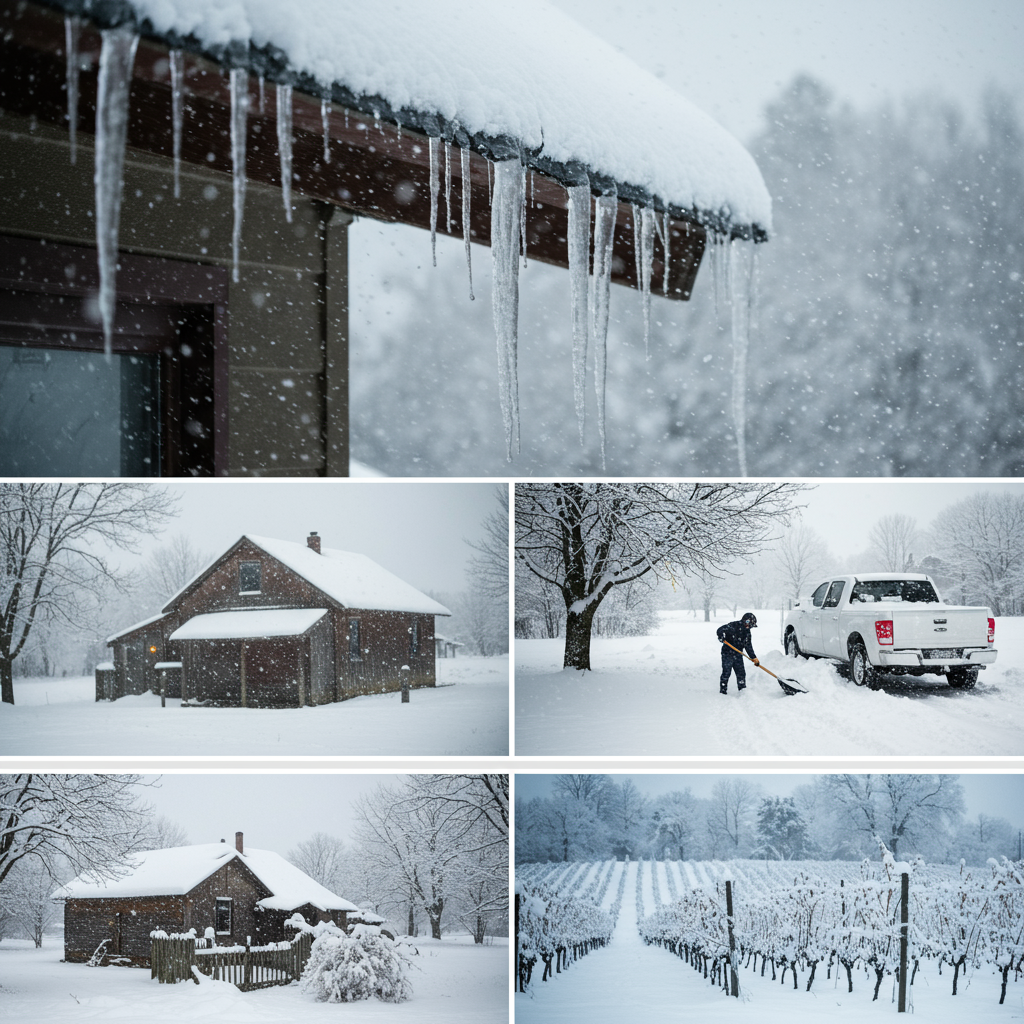
If You Are Currently Building Your Home:
- Request that your pipes be wrapped to insulate them against future freezes. Common advice during a freeze is to keep visible pipes, like the ones under your kitchen sink, wrapped up to prevent the water inside them from freezing. But most pipes are hard to access once your home is built. Wrapping pipes as the plumbing is installed in your house is a smart precaution to take while you have the opportunity.
- Research which types of pipes perform best in a freeze. Copper pipes, for instance, will burst more easily, while pex is more resilient to the cold and resists breaking during a freeze better than copper or rigid plastic pipes.
- Choose a light-coloured roof to reduce summer temperatures in your home. Dark colored-buildings absorb and radiate much more heat; the difference between a dark black roof and a white roof in terms of surface temperature has been found to be an astounding 30-plus degrees. If there are several consecutive days of very high temperatures, it will be difficult to keep your home cool. Choosing a light color helps to ensure that the interior of your home is protected from dangerously high temperatures.
- Consider the orientation of your house. Key living areas should be north-facing to stay shaded in the summer, as east and west-facing orientations are harder to protect from the intense summer sun. Also, the way breezes tend to flow around the location of your home can be harnessed so you can capture their cooling powers by circulating them strategically through your house.
- Install thick, high-quality insulation and double-glaze your windows to lower the impact of extreme temperatures.
Additions for Already-Existing Homes:
- Purchase a small generator to provide your home with electric power. A backup power generator can provide temporary power during the days after a weather disaster. They can keep important appliances running in your home and ensure that you have the ability to charge your phone so you can communicate with family or emergency services.
- Install solar panels and a solar power converter. It’s a smart idea to put solar panels on the west-facing roof of your home in order to take advantage of solar power during peak periods. Not only will this provide free energy to your home during normal weather and take the pressure off your electricity grid, but a solar power converter ensures you can run the essential devices in your home should you lose power.
Protecting Livestock During Extreme Weather:
- If you are a landowner and have animals, invest in land-heated troughs to keep their drinking water from freezing. You will need electricity to heat the trough, but with a backup generator on hand, you can ensure your animals will have access to ice-free water. This is especially important as animals’ water consumption increases in very cold weather because of the elevated metabolic rates necessary to maintain warmth.
- When preparing places of shelter for animals, create windbreaks in preparation for future cold weather and wind. This could include planting trees or taking advantage of natural land windbreaks, such as strategically placing pens where a hill will block the brunt of a strong wind. Good trees to plant to act as natural barriers include evergreen trees such as fir, pine, and juniper, as trees without leaves during the winter are ineffective windbreaks.
- In the rare event of a Texas snowstorm, consider how snow will pile and drift under different wind or storm conditions. Plan ahead to know how you will gain clear access to gates, barn doors, and roads if snow starts to pile up.
Long-Term Preparation for Heat Waves:
- Plant trees in strategic places near your home, particularly near large windows that expose areas of your home to intense sun. Trees will not only provide shade that can keep the interior of your home cooler, but they also help reduce flash flooding and run-off during storms.
Deciduous trees are a great option because they provide shade in the summer and allow light in during the winter so you also use less energy. - Invest in a rainwater collection system. In the event of a heatwave, prolonged drought, or loss of power during a storm, there is little that is more reassuring than knowing you have a large reserve of water on hand. There are many different kinds of systems to choose from to fit your needs, budget, and property, and once installed, all you have to do is sit back and let nature provide you with this invaluable resource.
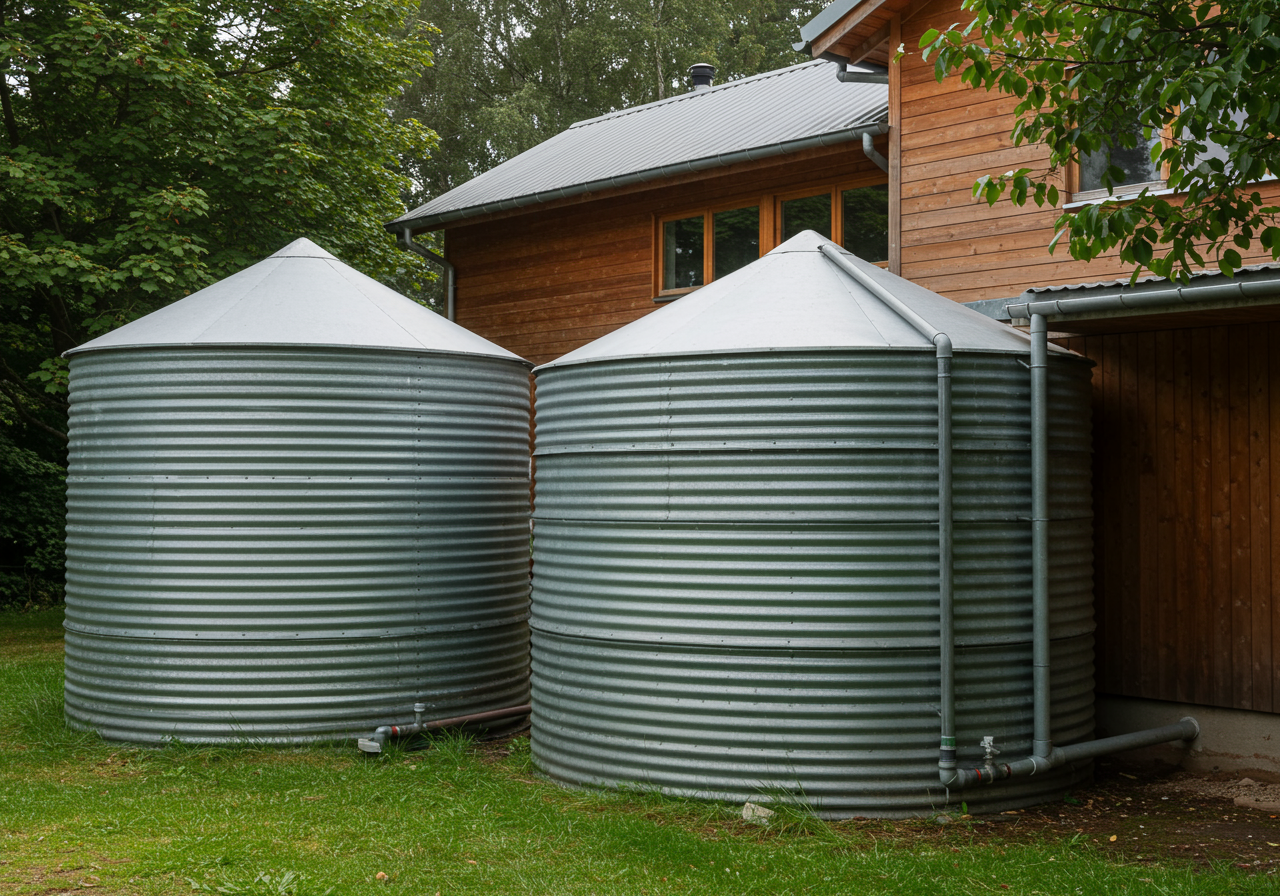
Simple Ideas to Keep You and Your Property Safe:
- Keep important documents and irreplaceable items in a waterproof and fireproof safe.
- Keep a fire extinguisher in both the kitchen and the garage.
- Cut back tree branches that hang over your roof.
- Routinely clean your gutters to make sure they are free of debris and ready to direct water away from your home.
- Add storm shutters to your windows.
